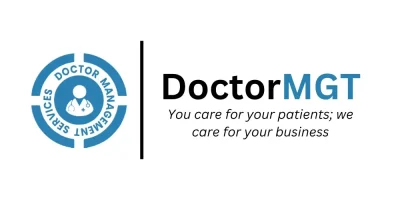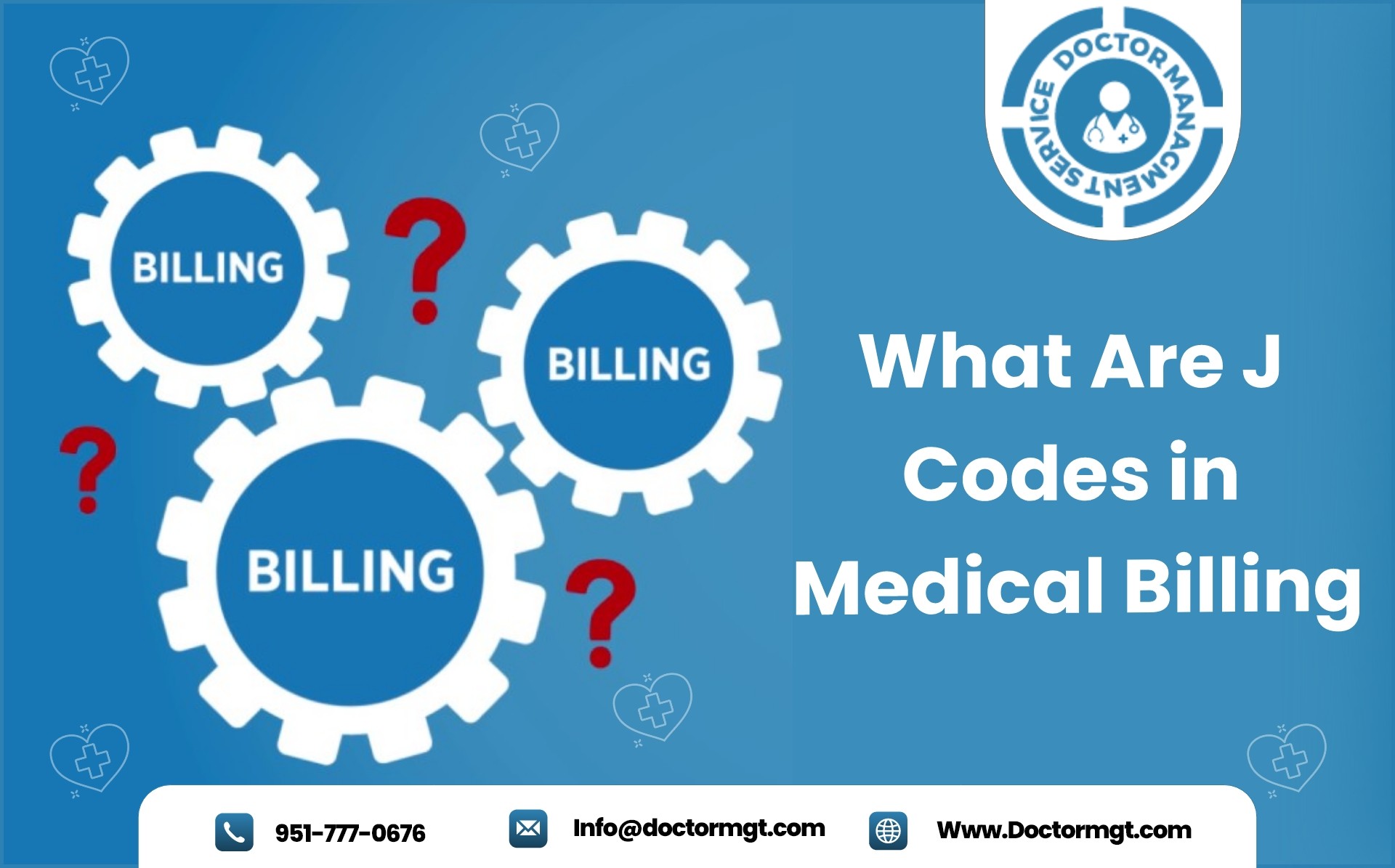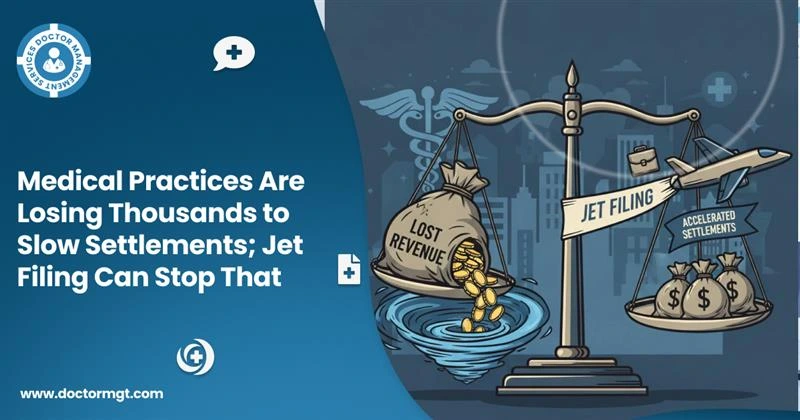Medical coding is as tangled as the codes, exactly when the J Codes are considered. The Healthcare Common Procedure Coding System (HCPCS) is an official procedure to code procedures and medication that are not covered by the CPT codes, concealed in J-codes.
But now the question is what is this all about? So, J-codes guarantee the clarity and accuracy of services performed by medical practitioners, which is necessary for appropriate billing and reimbursement. They also equally assist in harmonizing the billing procedures, thereby making it easy for providers, insurers, and patients to manage the complex medical bills.
Here in this blog, we will discuss the significance of J-codes in medical billing and coding in California and how these codes are crucial for healthcare providers.
A Look into J-Codes
J-codes are level II alphanumeric codes, issued by CMS to identify injectable, and non-oral medications and services. Moreover, J-codes are used to point out which medication was given to a patient and the units billed for it. This ensures precise coding for each case according to its nature and timely reimbursement for healthcare providers.
Devices that are used for medical purposes, such as nebulizers, insulin pumps, and any DME (durable medical equipment), can belong to this category. The same applies to supplies like wound dressings and orthopedic braces, as their J codes are necessary for billing.
Health insurance companies that deal with workers compensation billing claims also widely use J-codes which are very helpful in the sorting of medical claims. J-codes are classifications only for non-oral medications and devices. This includes:
- Injectable drugs
- Chemotherapy drugs
- Inhalation medications
- Immunosuppressant drugs
- Some specific oral medications that can’t billed using other codes.
What are Unlisted J-Codes?
The emergent healthcare industry in the United States is a continual phenomenon that is accompanied by the introduction of new products in the medical industry. Besides this prolonged process, there is the question of which codes shall be assigned to all these new products.
On the contrary, when the drugs or medical supplies do not possess any specific J code for billing, the healthcare providers list the drugs or medical supplies using an unlisted code. Thus, J codes entail both the opportunity of open billing for various emerging medical supplies and the demand for more specific paperwork to be processed and checked for reimbursement.
There are two main unlisted J-codes:
- J3490: This code classifies injectable drugs.
- J9999: This code represents a category not otherwise defined, for example, anti-neoplastic drugs, etc.
WHY ARE J-CODES IMPORTANT?
J-codes are undoubtedly a crucial component in a medical practice’s revenue cycle management. The correct coding of medical services through these codes is of the essence for efficient reimbursement processes without any errors. The adoption of the J-codes by all medical billers helps to diminish the risk of miscalculations of reimbursements from government-sponsored programs. This enables healthcare companies to get reimbursed promptly.
It is necessary to make a comprehensive examination while assigning J-codes and try to make sure the billing process is perfected by all means. This will reduce unnecessary expenses and create financial efficiency.
Some of the commonly used J codes are:
- J9000: Doxorubicin hydrochloride (Adriamycin)
- J9190: Injection, fluorouracil, 500 mg
- J9200: Injection, floxuridine, 500 mg
- J9211: Irinotecan hydrochloride (Camptosar)
- J9269: Injection, tagraxofusp-erzs, 10 micrograms
How to Submit Claims with J-Codes and Unlisted J-Codes?
J-coeds are vital for accurate reimbursement for injectable medications, but managing the entire billing process can be occasionally tricky. Here is the breakdown of submitting claims with both standard and unlisted J codes:
Claim Submission Process with J Codes:
- Accurate Coding: Assign the most appropriate code that accurately represents the medication directed.
- Include Units: While filling out the claim form, ensure to include the number of units along with the J code to clearly highlight the dosage of medicine.
- Comprehensive Supporting Documentation: As and when needed, attach all supporting documents for your claims, such as National Drug Code (NDC). The NDC number is a unique identifier for drugs and helps insurance companies verify the medication used.
Claim Submission for Unlisted J Codes J3490 or J9999:
- Utilize them only when indispensable: Use J codes when there is no other choice and specific j codes do not exist.
- Comprehensive documentation is crucial: strong supporting documentation in this case is a must for a successful outcome.
- Ascertain existing codes: Before applying an unlisted code, always make sure that there isn’t a specific code available within the current HCPCS codes.
Correct J Coding: How to Ensure?
Medical billing and coding demand precise coding aligned with legal guidelines. Here, J-codes introduce another layer of complexity, and incorrect coding may result in claim rejection and revenue loss. These codes might seem like an intricate riddle, but with accurate coding and streamlining the medical billing process, doctors can navigate through it.
The dynamic circumstances of medical billing, and accurate coding can sometimes be challenging.
As a healthcare practitioner, you should always aim to be compensated in full for your services. However, when such services entail giving non-oral medication, correct J-coding is required.
But are you confused regarding its proper usage and want to ensure the correct J-coding? Contact DoctorMGT to assist you with correct medical coding and invoicing, including J-coding, to guarantee you are fully compensated for your services.







